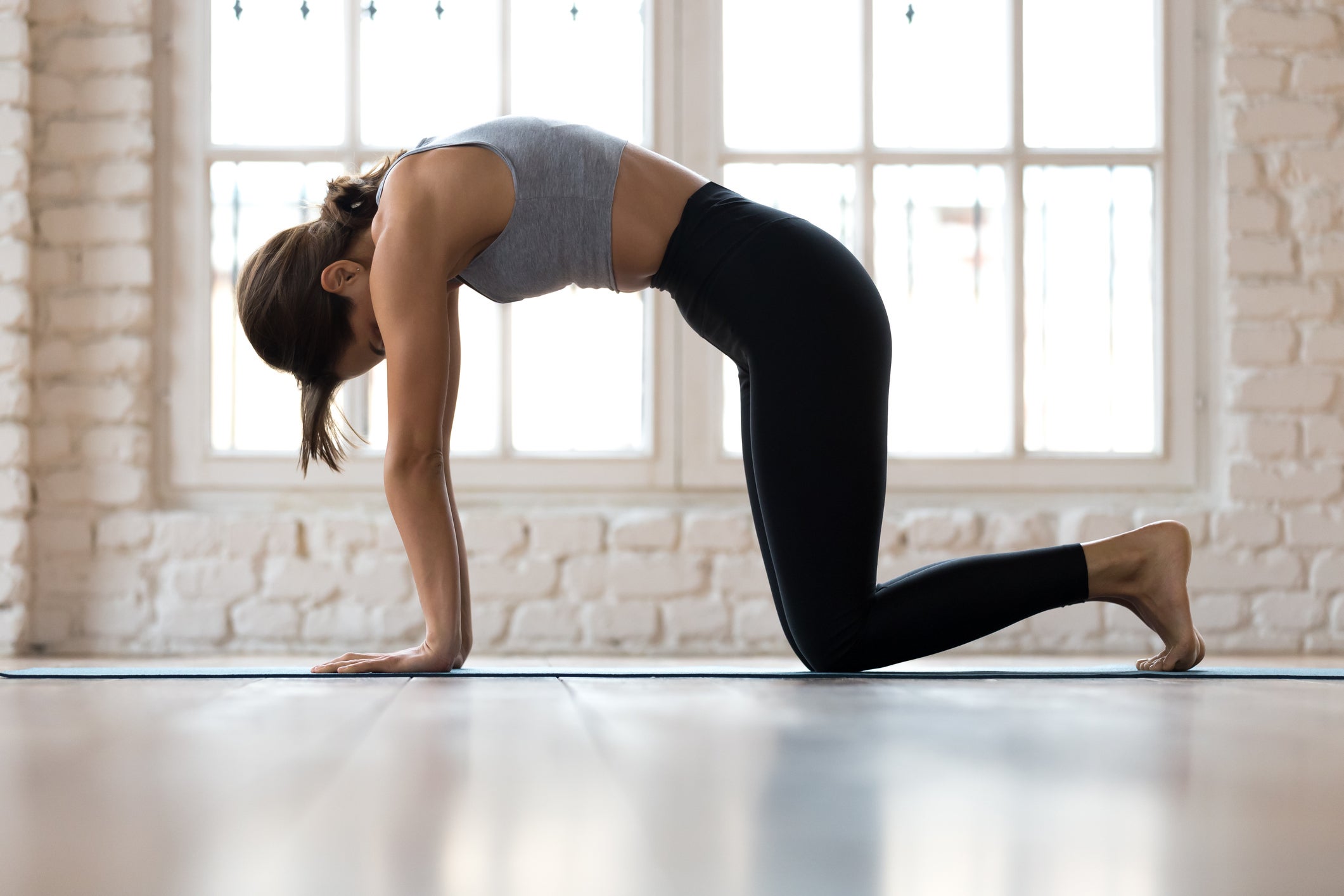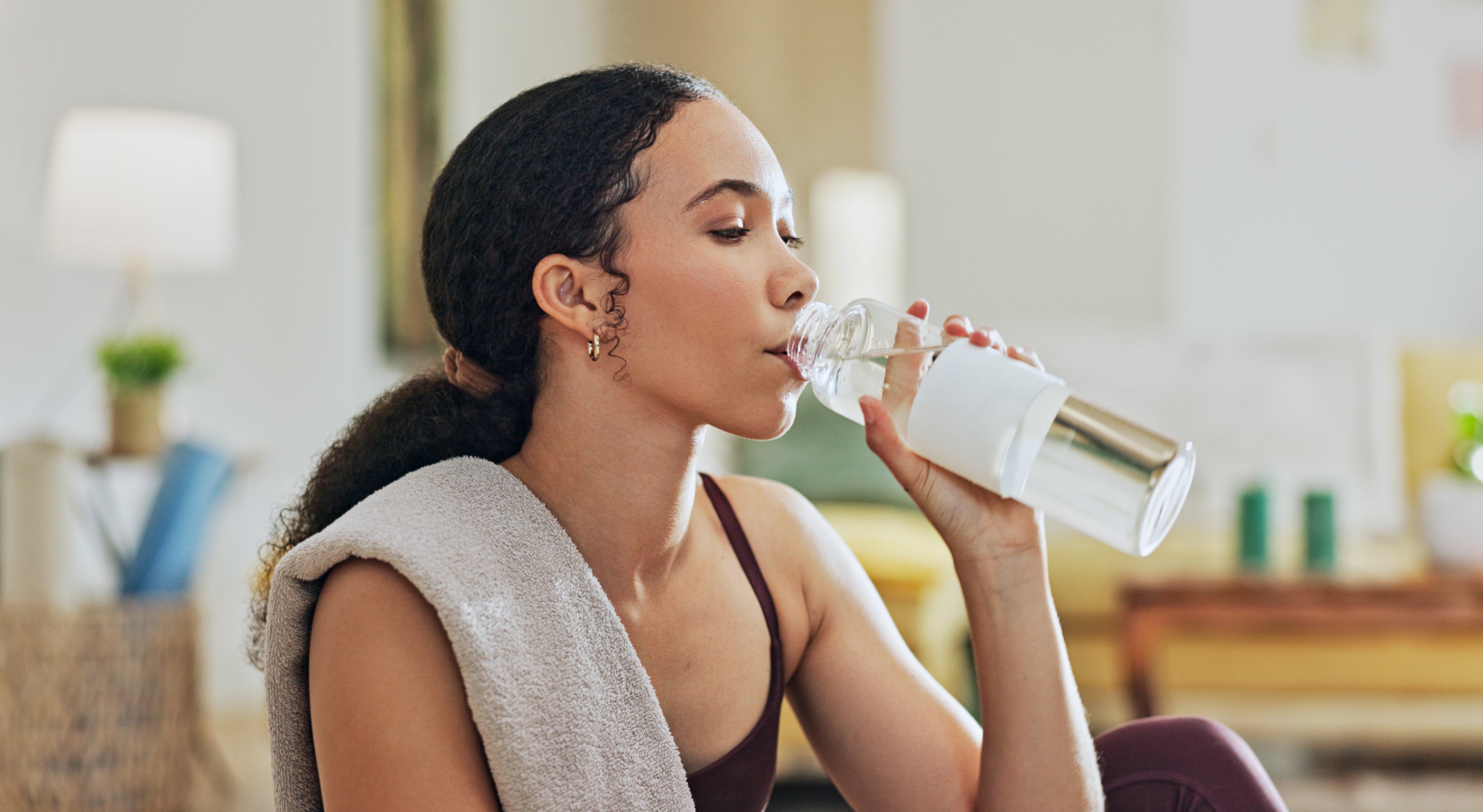Do you want to feel fitter and healthier as you navigate life? Do you also want to feel a little bit smug while sitting at your desk? Then start your day with a few health-promoting habits.
Waiting until the evening to exercise or eat a nutritious meal creates myriad opportunities for these plans liable to be derailed. But, by front-loading your day with positive behaviours, you’re making a healthy deposit in your body’s bank before too many distractions can creep in.
“Win the morning, win the day,” quotes Dan Lawrence, a performance coach who works with everyone from elite athletes to chief executives through his company Perform 365. “If you can nail your morning then the likelihood of you having a good day is substantially higher.
“You don’t need to make a complete 180-degree shift in your lifestyle and only eat chicken and broccoli while training six days per week. If you can just move more, and you have a bit of a system involving positive things you can do on a daily basis, then give it four weeks and see how you feel – it will make a difference.”
Move for 10 minutes
“Someone can start the day with every intention of doing a 7pm workout, but with every hour that goes by post-midday, the likelihood of that session is reduced,” Lawrence says. “We know people are often putting out fires at work; they have loads of things going on and they are thrown constant curveballs, which is why I think most people should be training first thing in the morning.
“Of course, this is context-specific – if someone has kids or an irregular schedule it might not work. But generally, that’s why ‘win the morning, win the day’ is such a powerful approach, particularly regarding exercise.”
By doing this on a regular basis, you build a “consistent win” into your day to reinforce positive habits, Lawrence adds. “This will wake up your body, improve circulation after hours of laying down stationary, and prime your nervous system to prepare for the day.”
Whatever type of movement you choose, Lawrence recommends utilising the “RAMP protocol” – an acronym for raise, activate, mobilise and prime – for your morning workouts to enhance focus, fight sluggishness and leave your body feeling limber.
The RAMP protocol
Raise
“This includes exercises like a brisk walk, skipping or, my favourite, a mobility flow,” says Lawrence. “These increase body temperature, heart rate and blood flow to the working muscles, waking up your body and improving your circulation after hours of lying down in bed. They will also prime your nervous system to prepare for the day ahead.”
Activate
“This is where we begin to target key muscle groups that may be underactive in everyday life due to sedentary habits – muscles in the posterior chain like the glutes, as well as the core and other postural muscles,” Lawrence explains. Exercises you could use to target these muscles include the single-leg glute bridge and resistance band pull apart. “Many people feel like they are hunched over a desk or laptop all day, which can lead to problems later down the line,” adds Lawrence. “By activating these muscles first thing, it can improve movement efficiency for the rest of the day.”
Mobilise
“Sleep can stiffen connective tissue and reduce synovial fluid circulation in joints – mobilisation restores movement quality and offsets any niggles from excessive sitting,” says Lawrence. “The focus is to increase joint range of motion and prepare the body for the positions you’ll be in later in the day, whether that’s during exercise, sport or any other daily activities.”
Prime
“Fast, explosive movements performed for a low number of repetitions can prime the central nervous system, giving you that heightened awareness and switched on feeling to carry out your day,” Lawrence says. Examples of suitable exercises include the countermovement (or max-height vertical) jump, medicine ball slam and explosive press-up.
Read more: Do these five things daily for 90 days to see a ‘profound difference’ in your health, fitness and energy levels

open image in gallery
Try dynamic yoga flow exercises to wake up the body (Getty/iStock)
Try a short mobility flow
Or, if you prefer a gentler start to the day, Lawrence suggests waking up with a short mobility flow.
“Carrying out mobility work in the morning can set you up for the day ahead,” Lawrence says. Some of the benefits include increasing blood flow, lubricating joints and activating muscles.
“It also improves focus and energy for the rest of the day through increased oxygen delivery to the brain.”
To start, try the two moves below:
Quadruped rotation
- Start on all fours with your knees beneath your hips and your hands beneath your shoulders.
- Take your right hand and place it on your temple so your elbow points towards the floor.
- Rotate your spine to reach your elbow to the left, as far under your torso as you comfortably can.
- From here, rotate your spine to move your elbow to the right and reach it as far towards the ceiling as you comfortably can.
- Repeat this sequence for 10 repetitions then switch sides.
Single-leg adductor rocker
- Kneel upright so your thighs and torso are vertical, and your knees are underneath your hips.
- Keeping your spine long, hinge forward and place your hands on the ground in front of you for balance.
- Extend your right leg out to the side.
- Oscillate your hips forwards and backwards for 60 seconds, then switch sides.
Read more: If you struggle to stay fit, try adding these nine simple science-backed behaviours into your week

open image in gallery
Exposure to sunlight shortly after waking can help regulate your circadian rhythm (Getty/iStock)
Get outside
Lawrence’s second recommendation is to spend at least five minutes outside in the sun shortly after waking.
“This regulates your circadian rhythm, which can lead to an improvement in sleep quality,” he says. Our circadian rhythm, or internal body clock, is plugged into pretty much every bodily process, so maintaining a regular routine and using this habit can act as a catalyst for improving the function of many systems such as hormone regulation, cellular function and metabolism.
“[Morning exposure to sunlight] also boosts serotonin and mood early in the day, and supports hormonal balance, including natural cortisol peaks that help energy levels and alertness,” Lawrence adds.
Accessing the sun in the UK is easier said than done, he admits, but the key is simply spending this time outside.
“Even on an overcast morning in the UK, outdoor light intensity is usually 5,000–10,000 lux, compared to only 100–500 lux indoors. That’s still enough to signal your brain to start the cortisol awakening response and suppress melatonin.”
Read more: Five stretches you should be doing every day according to a flexibility expert

open image in gallery
Drinking water after you sleep can replenish fluid overnight, Lawrence says (Getty Images)
Rehydrate
Though hydration needs will differ on a case-by-case basis, Lawrence finds that drinking 500-750ml of water within 30 minutes of waking up has been beneficial for clients. For active clients, he also recommends adding electrolytes – sodium, potassium, magnesium and calcium – to their morning water.
“This will replenish fluid lost overnight through respiration and sweat, and support mental clarity and physical performance later in the day,” he explains.
“It can reduce cravings and mid-morning fatigue caused by dehydration, as well as serving as a reset – it’s a far better way to start your day than smashing a coffee and diving into your phone*
“Having a coffee right away can impact cortisol and your body’s natural circadian rhythm, or sleep/wake cycle.”
